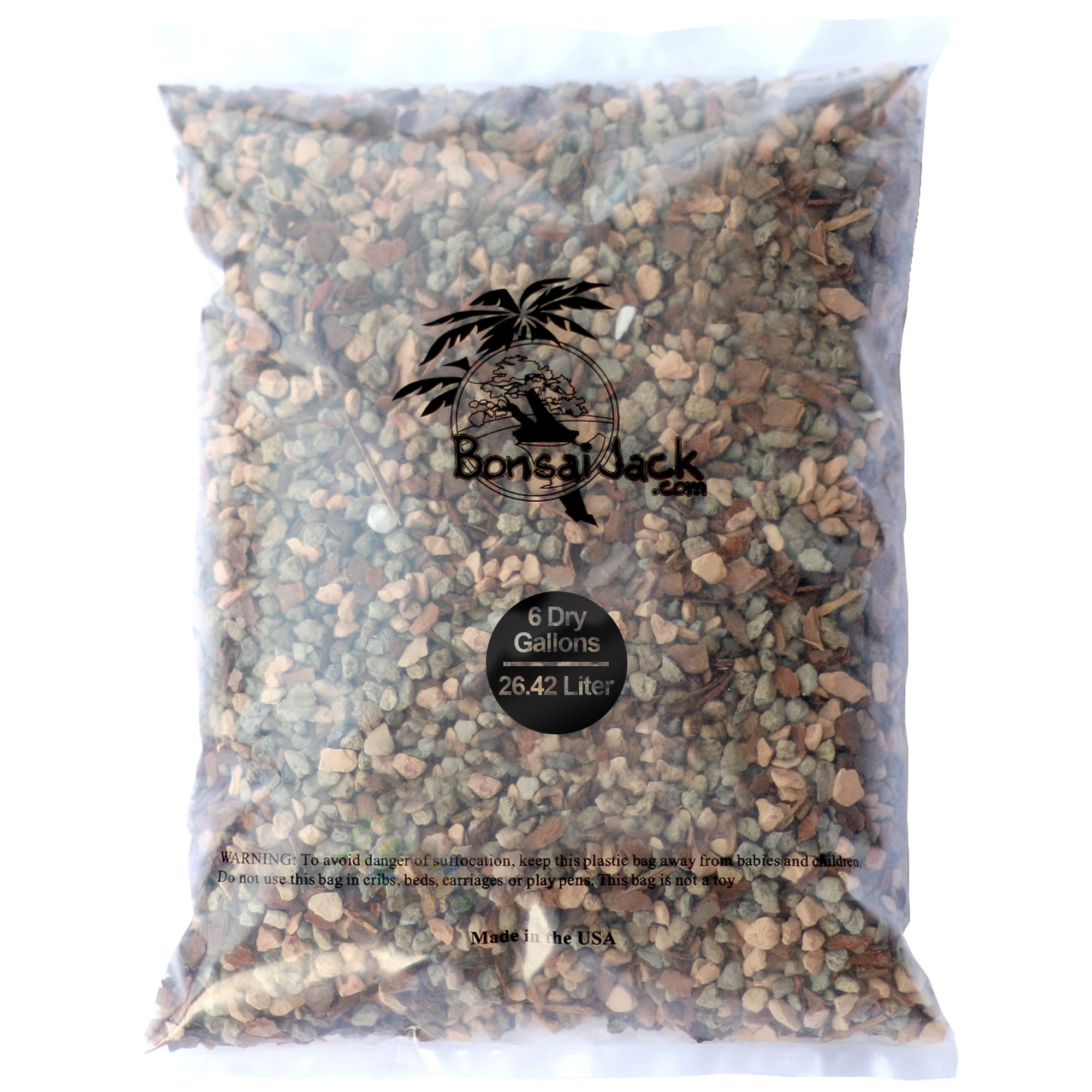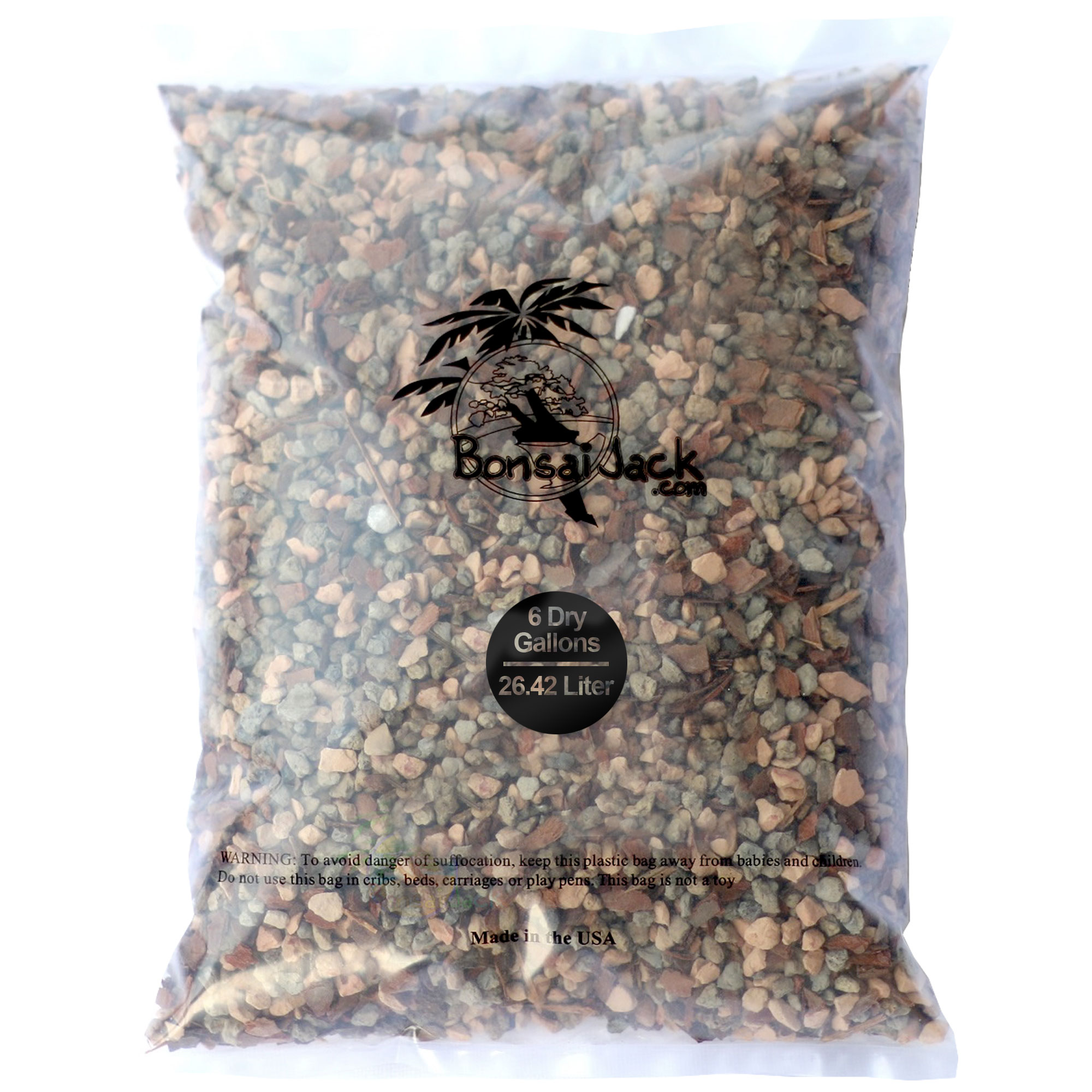Staff Answer
Feb 15, 2022 - 12:39 PM
That depends on the specific dimensions of your pots. For the sake of the math I'm going to use our smallest terracotta pot as an example which is 1.8" wide by 1.6" tall. Also, I'm going to be doing the math in such a way as to assume the pots are straight cylinders. They're not because they taper a bit from the mouth to the base, but this taper is rather negligible.
With that out of the way, we can use the formula for calculating the volume of a cylinder (πr^(2)h where π = 3.14, r = the radius of the top circle and h = the height of the pot) to say that each pot can hold roughly 4 cubic inches of material inside of it. One gallon can fill 231 cubic inches and, since each pot contains 4 cubic inches, can fill 57 pots with less than 1 cubic inch of soil left over. Multiplying this by 7 (the number of gallons of soil this listing is for) brings us to a grand total of roughly 399 of our smallest pots filled with soil.
Please note, because we made a few assumptions (like π = 3.14, and treating the taper of each pot as negligible) there are probably a few more pots that you could fill that we're not accounting for.
With that out of the way, we can use the formula for calculating the volume of a cylinder (πr^(2)h where π = 3.14, r = the radius of the top circle and h = the height of the pot) to say that each pot can hold roughly 4 cubic inches of material inside of it. One gallon can fill 231 cubic inches and, since each pot contains 4 cubic inches, can fill 57 pots with less than 1 cubic inch of soil left over. Multiplying this by 7 (the number of gallons of soil this listing is for) brings us to a grand total of roughly 399 of our smallest pots filled with soil.
Please note, because we made a few assumptions (like π = 3.14, and treating the taper of each pot as negligible) there are probably a few more pots that you could fill that we're not accounting for.





Add New Comment